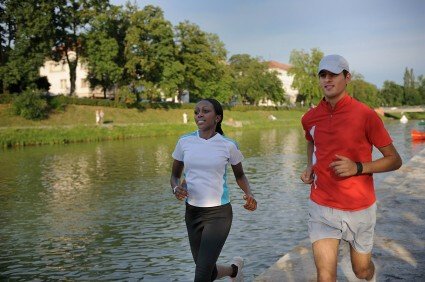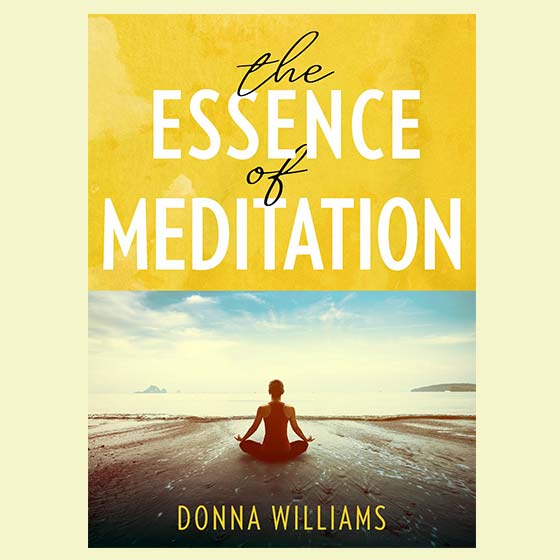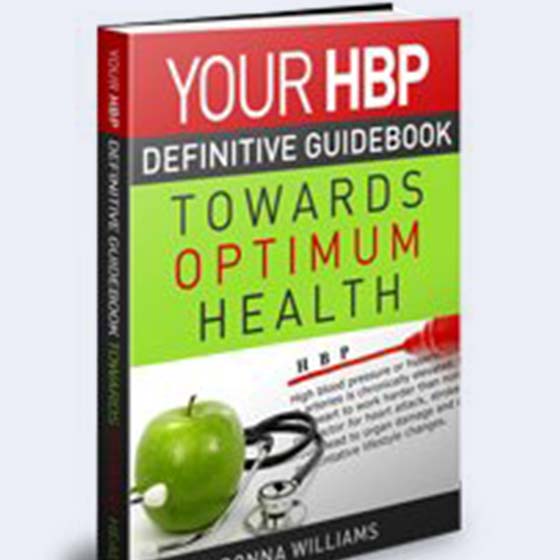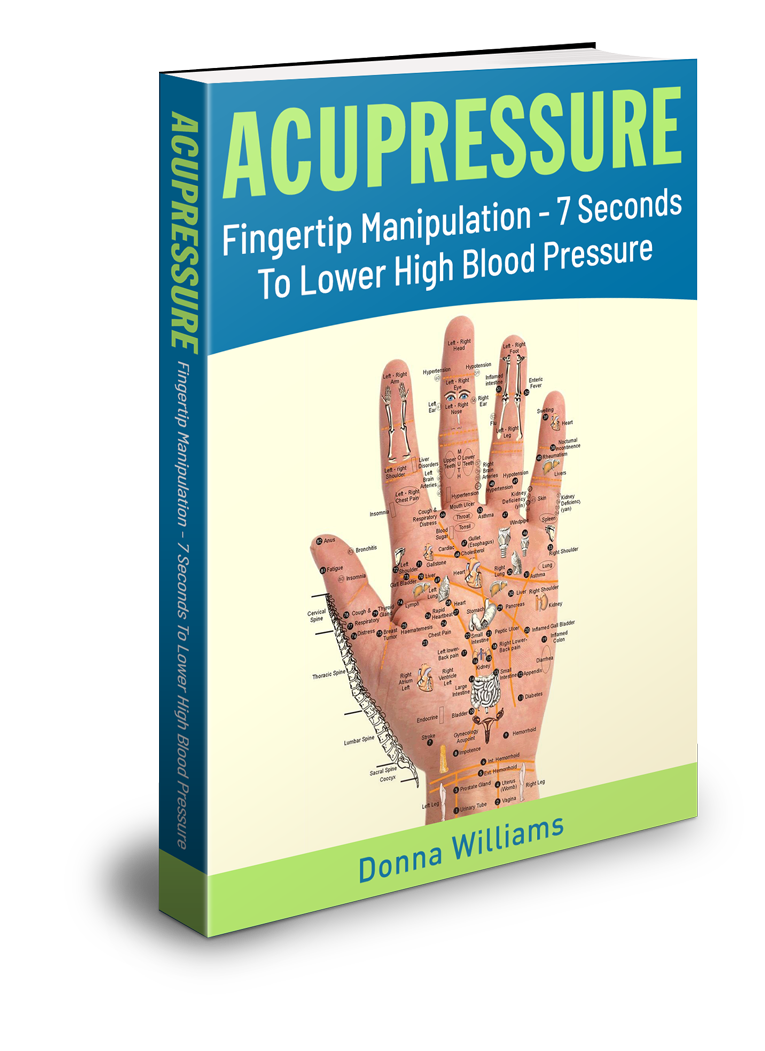Health is wealth, eat well to live well.
Join my community and receive my free ebook! Subscribe now >>
What Is Your Blood Pressure During Exercise?
Are you aware that there is a higher increase in blood pressure during exercise? Exercising on a regular basis protects against diseases allowing for a stronger heart thats able to pump blood more efficiently throughout your body. It lower the levels of harmful LDL cholesterol and increase beneficial HDL cholesterol. But is the increase dangerous to your health? I'll address that later.
So get started on building stronger lungs, bones and muscles while lowering blood pressure and the risk of heart disease and other serious conditions.
Physical inactivity accounts for many health problems which can be greatly reduced just by exercising. Lets started on regulating your blood pressure during exercise.
First be aware of your blood pressure numbers and that its safe for you to exercise. So by monitoring your heart and pulse you get to keep track of how hard your heart is working.
Exercising can help you live better as well as longer. It offer substantial health benefits even if the the activity of your choosing lasts for only five to fifteen minutes. The key is to get moving and integrate regular exercise into your daily routine.
And, the best part is your aerobic exercising does not have to be completed in a single session. Two or three daily sessions of ten to fifteen minutes are very good, it adds three years to your life.
Studies suggest that it is wise for you to exercise every day to lower your blood pressure. And, these are just some of the exciting new changes and results to the body from blood pressure during exercise.
Exercising At The Right Pace
Researchers have found enhanced heart and nerve functioning if you are hypertensive during exercise as compared to individuals with normal blood pressure.
Measuring your pulse while exercising is a good idea. A heart monitor effectively tracks and records your heart rate while you workout and can provide instant feedback about how hard your heart is working.
Wearing a heart rate monitor, during this period of activity, helps to insure you staying within the safe range for burning excess fat and improving overall cardiovascular fitness without over-stressing your heart.
When you are exercising try to raise your pulse above 100 beats per minute. Just enough for you to sweat lightly and make you slightly breathless, but not too briskly that you cannot talk.
Monitor your pulse by taking your 10 second pulse every ten minutes as you exercise. Here are the guidelines to the 10 second pulse ranges:
| Age Group | Pulse Range |
|---|---|
| 20 - 29 | 20 - 27 |
| 30 - 39 | 19 - 25 |
| 40 - 49 | 18 - 23 |
| 50 - 59 | 17 - 22 |
| 60 - 69 | 16 - 21 |
| 70+ | 15 - 20 |
If you are just starting an exercise program make sure your pulse stays at the lower end of your 10 second pulse range to start and then gradually build your way up to the upper end of the range numbers over several weeks.
Should your pulse rate goes higher that it should just stop exercising and walk around slowly until your pulse lowers.
At the end of this twenty minutes exercising your endorphins gives you an invigorated feeling. As always check with your doctor before starting any exercise program.
Why Blood Pressure Increases During Exercises
All your physical activities including eating, talking, laughing, walking, moving heavy objects and walking up and down the stairs increases your blood pressure during exercise and to some extent for a specific period of time.
It is totally normal to experience high blood pressure during exercise and it normally goes away after an hour of your working out.
How To Prevent Stress Blood Pressure During Exercise
Here are some steps to prevent you from experiencing stress during your exercise:
- Always drink lots of water and also green tea twice a day, keeps you hydrated. And, do not allow yourself to get thirsty.
- It is recommended that you start with light exercises. Always warm up and cool down before and after any form of exercise. This helps you avoid injuries.
- Wear a Fitness Tracker to measure your blood pressure during physical activity. Normally your systolic reading should not exceed 180 as it may increases your chances of a heart attack.
- Do exercises according to your age group. For me with knee problems running is not so good for me any more, so talk with your doctor about suitable exercises for you.
Benefits Of A Fitness Program
You don't have to run marathons to reap the health benefits of physical activity. Interactive within the body are nutrition and physical activity, each influencing the other and your blood pressure during exercise.
If you are just starting an exercise program be assured that improvement is an inevitable result of becoming more active. You'll shortly start to noice your confidence level increasing along with your posture and self-image also improving.
And, if you are already physically fit you move with ease and balance. You have endurance and your energy last for hours.
Both the just getting started and the already fit individuals now have new readings of their blood pressure during exercise and after.
We now know that regular aerobic exercise has profound benefits on your cardiovascular system. It lowers your raised blood pressure and reduces your risk of premature death from coronary heart disease to over 40%.
Return From Blood Pressure During Exercise To Exercises To Lower Blood Pressure







New! Comments
Have your say about what you just read! Leave me a comment in the box below.